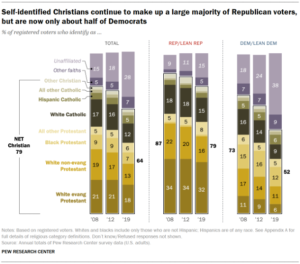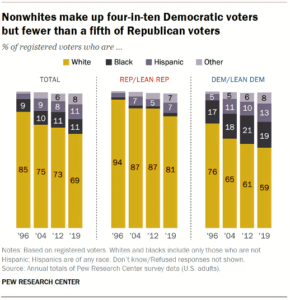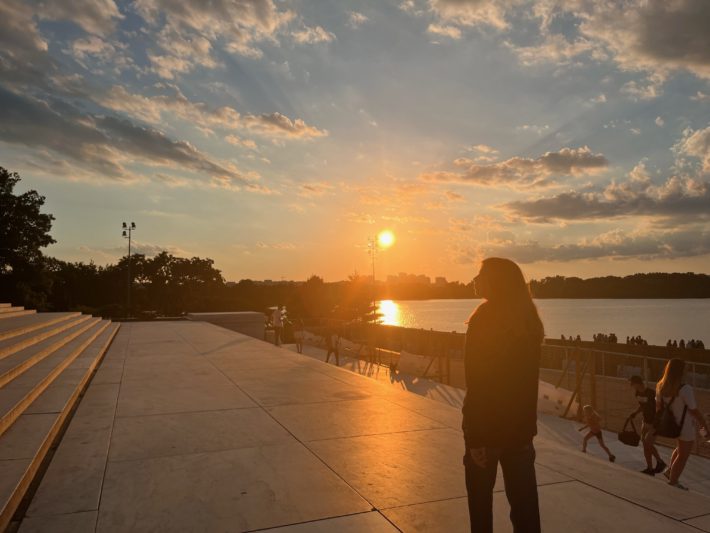By Giselle Silva
The recent developments causing the red-blue divide in America are due to strong cultural differences, according to many Americans. The right and left are diverging in two separate directions.
Time reported in 2016 that just as the left was becoming more racially diverse, more educated, younger, and less religious, the right was going in a different direction as it stayed largely confined to one race, one religion, less educated, and a specific age group.
According to Pew Research, white voters in 2019 made up 81% of the Republican party and 59% of Democratic voters. The same source said 79% of 2019 Republican voters fell under a Christian denomination while only 52% of 2019 Democratic voters did. However, geography can’t be ignored, as it determines how much influence one party can have.


“Even people who say they’re not democrat or republican; they still have those biases. They’re definitely geographical and cultural,” said New York resident Abby Michealis. “The middle and upper class people are paid attention to. Lower class people aren’t paid attention to.” She also said how progressive politicians tend to focus on the coasts and major cities, and conservatives are drawn to rural and suburban areas.
This is backed up by statistics, as most rural and suburban communities turn red during elections. During the 2020 election, the northeast and west coasts had a mostly democratic turnout while the midwest and southern states remained red.
Another example of culture dividing politics has been the abortion argument. Recent developments in this conversation such as the overturning of Roe v. Wade has heightened tensions between the parties
Indiana native Matthew Waterman said, “It will only heat up arguments and divisions between people.”
So far, he’s been right. Large groups of protestors have gathered along the streets of major cities, showing a visible indicator of unrest in the country. However, the right wing has celebrated this as a major win. The reactions’ contrast only highlights how different the perspectives and how deep the red-blue divide is.
In the effort of keeping our great country together, the only present solution is another of what The Atlantic writer Ronald Brownstein calls “the Great Convergence,” which is a settling of both political parties. The first, which happened post-World War II, was quickly offset by the “rights revolution” and a decrease in government spending for the public good.
This begs the question: how should we bridge this gap?
“We need to completely revamp the party system,” said Abby Michealis.
While “revamping” the party system might seem extreme, it could very well be the thing that saves the country. We need to rethink how we believe and talk about our parties. Though they were meant to organize like-minded people in voting, many see them as social clubs for extremism and other harmful behaviors.
Collaborating to understand each others’ perspectives has shown helpful in the recent passing of gun laws. Though this may not make everyone happy, it shows a perfect example of bipartisan solidarity. Another bipartisan law, The Bipartisan Infrastructure Law has also demonstrated the progress that can be accomplished when the parties walk into the room with an intent to collaborate, rather than tear each other down.
